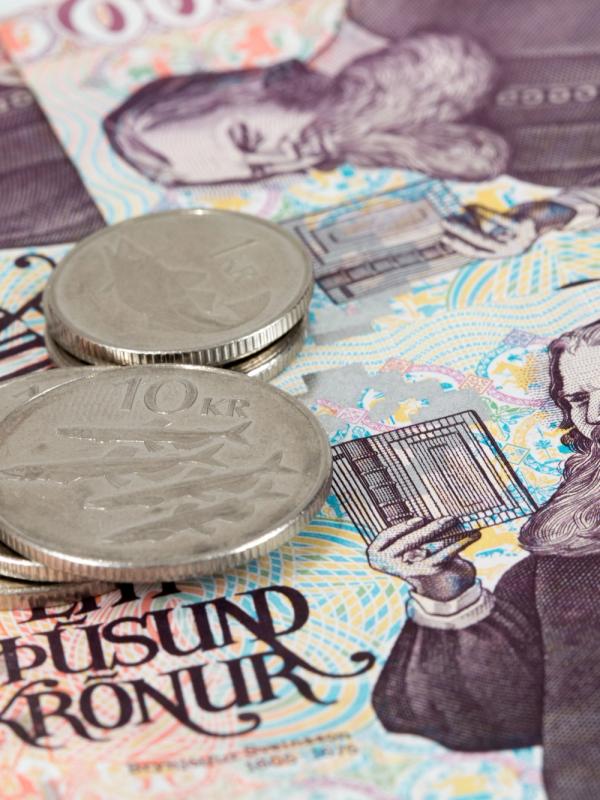
Financial Guide: Navigating Iceland's Currency
Understanding currency in other countries can make or break your trip, and your bank! It can be difficult to navigate new places and find out what everything actually costs. We, fortunately, live in a time when converting currency and checking international rates is easy. Keep reading as we go over all of our trips and tricks in our guide to currency in Iceland.
Icelandic Currency
While the United States uses the Dollar and most of Europe uses the Euro, Iceland has the Icelandic Króna or Íslensk króna in Icelandic. Which has an abbreviation of ISK. Krona is known as a crown in Icelandic as well.
You will sometimes notice “kr” instead of ISK in Iceland. That is because ISK is the international currency abbreviation. Locally, you will see kr before, or after the price. The Coin denominations of the Krona are 1 króna; 5, 10, 50, and 100 krónur.
You can also use Google’s report on USD/ISK and then change it to whichever country you are from. The report tells you about the current exchange rate and any news about it. It is a great tool to use when you begin to plan your trip to Iceland.
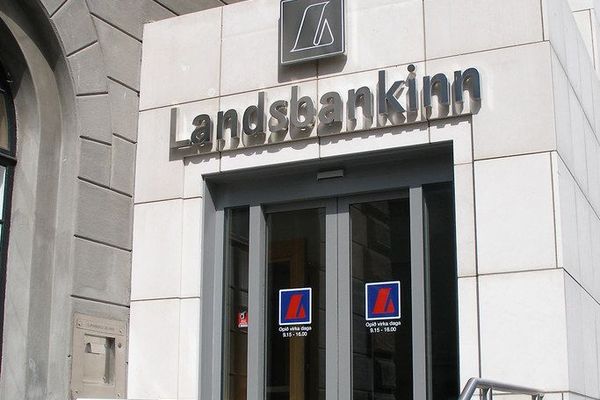
Currency Exchange
I recommend exchanging your currency at the airport upon departure or arrival to Iceland. You can do this by finding the Currency Exchange booth.
Arion Bank provides currency exchange at its service points in the arrival and departure hall at Keflavik Airport. They also have 14 cash machines or ATMs, located in the terminal. There are eight in the departure lounge too, where you can withdraw non-Icelandic currency, and six in the arrival hall, where you can withdraw Icelandic krónur. You can exchange your money at the Landsbankinn bank too at the airport on arrival and departure.
All banks can exchange currency and most hotels can as well. The bank will have the cheapest option for you to exchange your currency. Hotels tend to charge an additional fee, so try to avoid that whenever you can.
It is best to exchange your money into ISK in Iceland, and re-exchange any surplus before you leave, as foreign banks may not deal in ISK.
Exchange Rate
Following the exchange rate can be hard as it constantly changes. The Central Bank of Iceland issues the rate of exchange daily. Reports on the current exchange rates in English can be found on the website of the Central Bank of Iceland.
Even if your trip is a year out, I still recommend checking every now and then. It is interesting to see the fluctuation or decline of exchange rates.

Do I need Icelandic Currency?
Iceland is a very easy country to travel to! It is not necessary to have Icelandic Currency on you when visiting. Most shops in tourist areas will even accept US Dollars or Euros but it won’t be at the best rate.
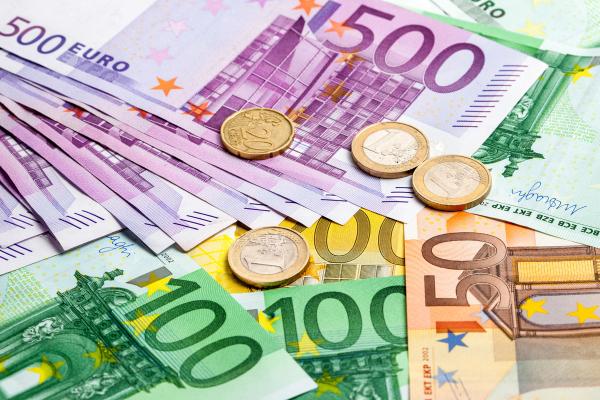
However, you could most always use your Visa and MasterCard credit cards during your visit, even for smaller transactions. Keep in mind that American Express is not common and sometimes not accepted.
If you do plan to visit remote locations or less visited towns, it is always good to have Icelandic Currency on you. You will be regretting it if you pass that delicious food truck or quirky souvenir stand on the side of the road that only takes cash.
ATMs in Iceland
You can commonly find ATMs or Hraðbanki in Icelandic, throughout Iceland. Especially in hubs such as Reykavika and Akureyri. They are normally located within a bank just like they are in America. Note that most of them are not 24 hours and will depend on the location.
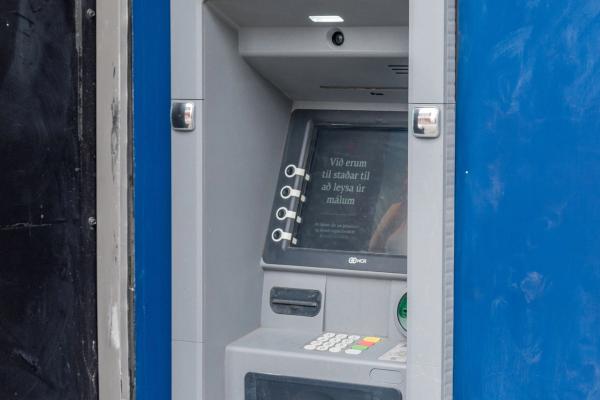
Credit Cards
Credit cards are a normal form of payment used when visiting Iceland. It is known to be both safe and convenient for tourists and usually offers good exchange rates. It is advised to contact your credit card provider prior to traveling, that way you can research which card offers the best transaction fee rates. Most banks in the United States and other countries, charge a 1% to 3% “foreign transaction fee” on all charges that take place abroad.
You will also need a PIN to withdraw cash advances on your credit card. You will not usually need a PIN for most credit card purchases. However, you will see this at gas pumps.
Luckily most places in Iceland accept credit cards, so you can use them for most of your trip. Some of the most common cards are Visa and MasterCard. Lesser known brands include American Express and Diner’s Club. Electron, Maestro, and EDC debit cards are sometimes taken at retail stores.
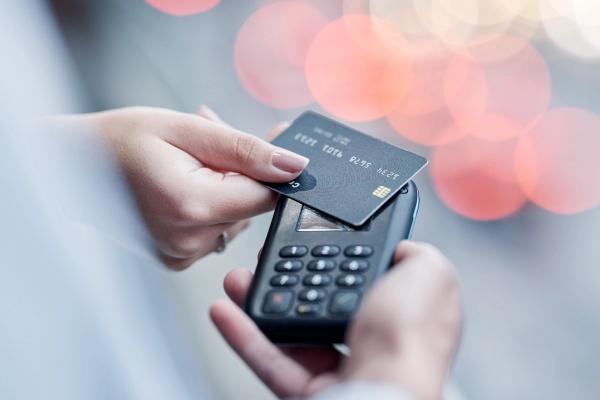
Tax-Free Shopping
Iceland is a favorite shopping destination too! The country has an excellent exchange rate for shopping. Icelandic-designed items or locally designed fashion items are just one of the popular purchases tourists make. Luckily, there is a Tax-Free service offered in Iceland for all visitors. Prices include tax, unlike prices in the US. Which is a great excuse to shop until you drop!
Tipping
Tipping can be very confusing when visiting another country. Some countries find tipping necessary, such as the United States, while others find it rude, such as Japan. So where does Iceland stand on this?
To keep it simple, tipping isn't mandatory or customary in Iceland. However, it is always appreciated. The standard rate of tax on Icelandic products is 24%, with some products and services such as food and accommodation taxed at a reduced rate of 11%. Hotels, restaurants, and cafes already include a service fee and consumption taxes also known as VAT on your bill. When you see this, it means tipping additionally is not necessary,
If you have outstanding service from a waiter, driver, or even a staff member at a property, a tip is a great way to show your appreciation. This is also why we recommended having some cash, in case you find yourself in a situation to tip.
If you are taking tours throughout the country, whether it's whale watching or snowmobiling, you should always tip your guide. Even if the tip is included, it is a nice way to say thank you for your time. Iceland is heavily built off of tourism and most Icelanders are passionate about their work. If someone goes the extra mile, definitely let them know.
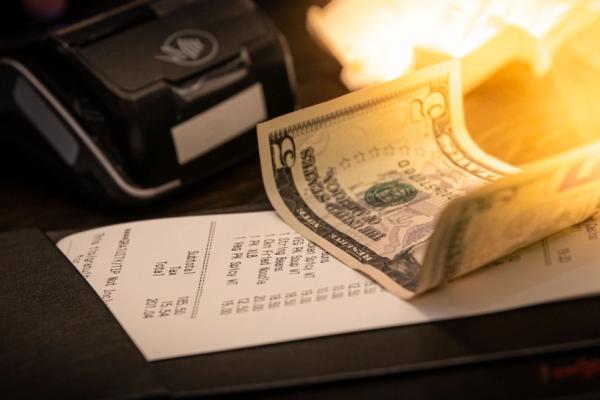
Best Apps For Currency Conversion
In a time where technology is booming, Currency Apps are saving travelers a lot of stress. Here are some of our top picks.
1. Xe Currency Converter
Xe Currency Converter is a crowd favorite for those looking for information on exchange rates, money transfers, rate alerts, analytics, and payment trackers altogether. It is no wonder why there have been over 11 million downloads on Google Play.
Xe Currency Converter shows exchange rates for over 130 currencies, which means Iceland travelers do not need to worry. You can even view the conversion rates that took place over the past 10 years.
Link: Xe Currency Converter
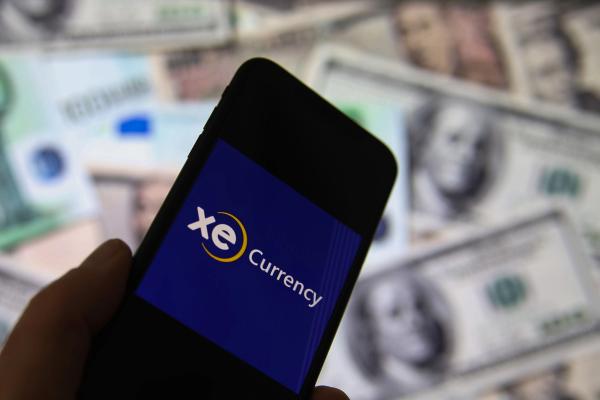
2. Currency Converter Plus
For a short and sweet currency converter app, use Currency Converter Plus. It works well with both Android and iOS and shows real-time and cached exchange rates for 170 currencies, bitcoin, and precious metals like gold and platinum.
One of the reasons it is so popular is because of how easy it is to use. Just simply click your currency and the country you are visiting and it will do the math for you. A perfect app to pull up quickly when you are ordering at a restaurant or purchasing an item at a retail store.
Link: Currency Converter Plus
3. My Currency Converter & Rates
If you are an iPhone lover then look no further than My Currency Converter & Rates. This app was designed for iPhones and is known to be the best conversion app for them. One of its most unique features is it supports offline mode. Great for those who are traveling to areas with minimal service.
The app shows exchange rates for 150 different currencies. It looks similar to iPhone's calculator feature which means you do not have to hit the convert button. It does all the work for you!
Link: My Currency Converter & Rates
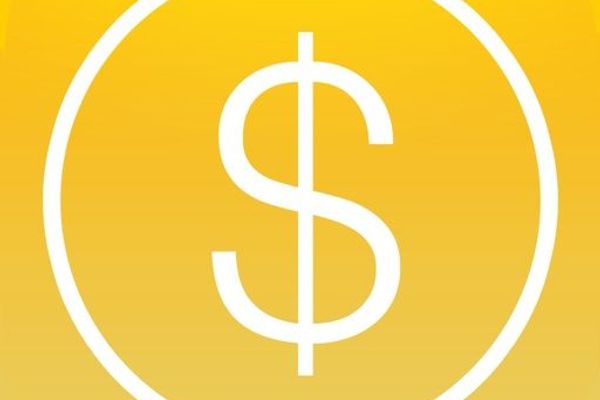
Conclusion
As you can tell there is no reason to stress about currency in Iceland. While these tips and tricks can save you some time and stress, you can also take care of it when you land. Either way, Icelanders are very friendly, so ask questions if you have them during your trip!
